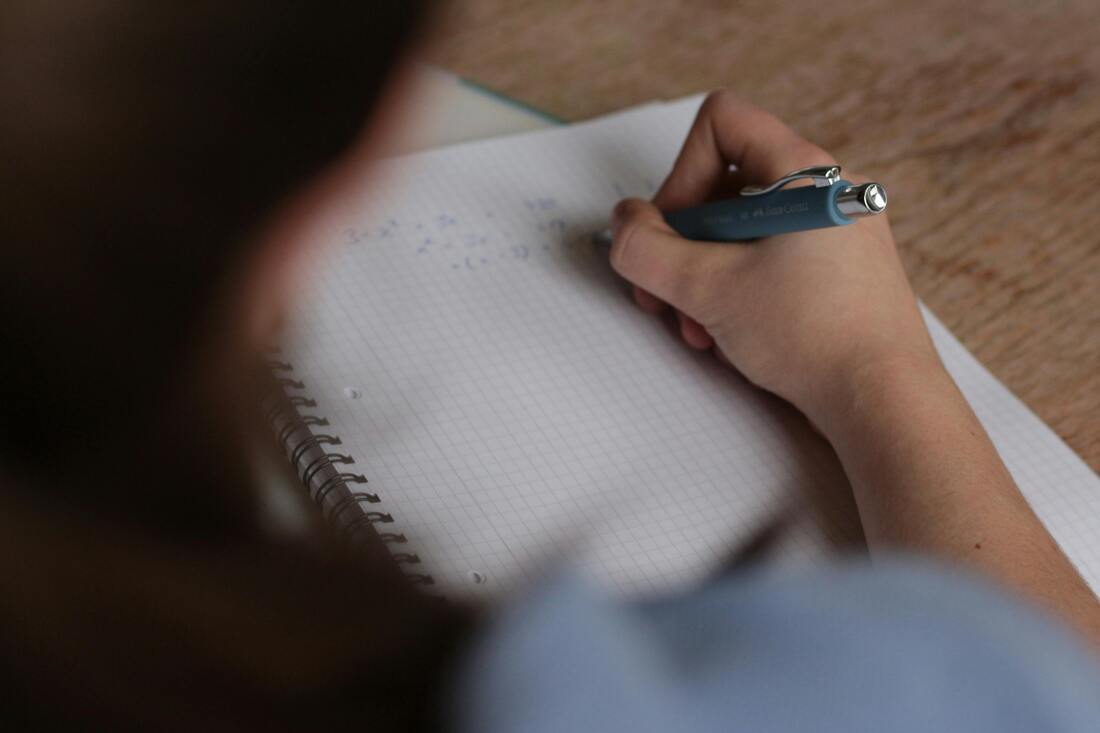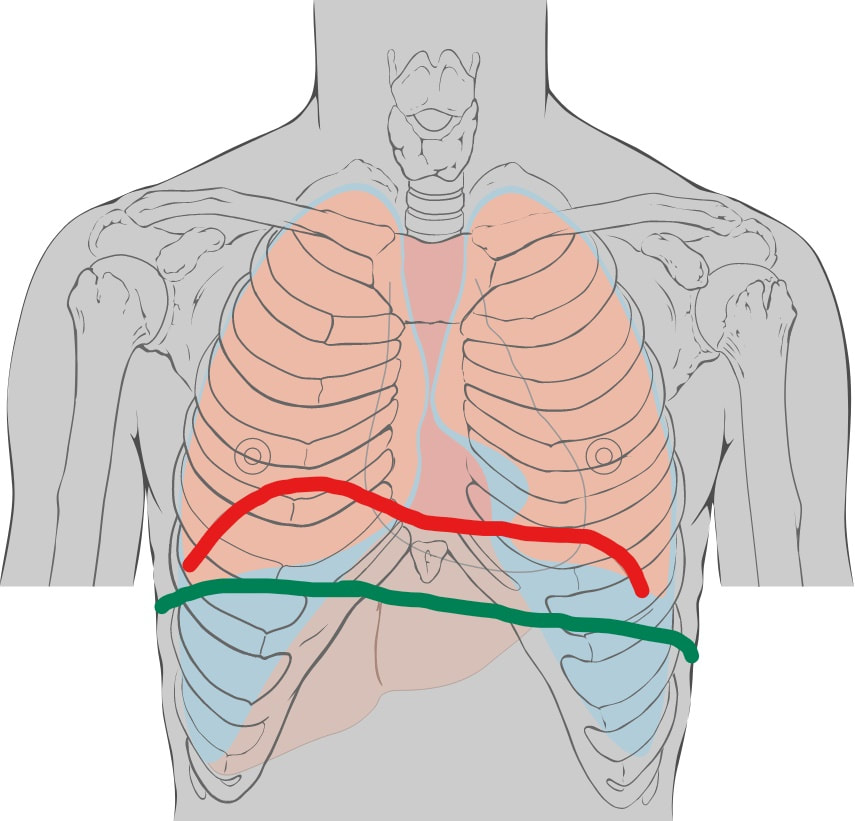Elaina Robbins, Singer and Voice Teacher
|
“How can I sing better?” This is a question I get all the time as an online voice teacher. It’s totally understandable, but when students of my online vocal training program ask me this, I immediately turn it back around on them and ask the to be more specific. Imagine that you’ve gone to the doctor and asked, “How can I feel better?” The doctor will obviously ask, “Well, what’s wrong? What are your symptoms?” Vocal problems are really no different. If you want to improve vocal for singing, you first have to figure out what the vocal problem is. It’s no good just asking “How can I sing better?” without specifics. So, why are you asking, “How can I sing better?” What is it about your singing that you feel doesn’t sound great? Are you gasping for air? Do you sound whiny? Does singing feel uncomfortable? The more specific with you can be about your vocal problem, the easier it’s going to be to fix. In this article, I’ve covered the six top vocal problems that come up in my online vocal training program students. I’ll also share with you the general idea of how to improve vocals for singing my addressing these problems. Vocal Problem #1: Pain, Discomfort, or Fatigue
Cause: Vocal Tract Tension or Vocal Injury Solution: Move the Effort of Singing Down Pain, discomfort, or quick fatigue due to singing are three major red flags of destructive vocal technique. Almost always, these problems occur when a singer puts the effort of singing into the vocal tract rather than the muscles of breathing and breath support. Imagine, for a second, that you’re watching a bodybuilder preparing to pick up a heavy weight. She squeezes her neck and facial muscles, and maybe her face even starts to turn purple. That’s a very tense vocal tract right there. If she tried to sing, how do you think it would feel? How long could she sing without getting tired? The vocal tract includes the neck, throat, jaw, and tongue. Putting a lot of pressure on these areas strains the vocal folds themselves, and the vocal folds are pretty delicate little things. Singers who put the effort of singing into the vocal tract tend to feel a lot of pressure, itchiness, or even pain when singing. Over time, or due to one particularly bombastic event, this type of singing can lead to vocal injuries like hemorrhages, nodules, and polyps. The solution? The effort of singing should occur in the breathing and breath support muscles. My video on the big picture of singing explains this. Learning to relax the vocal tract and engage the breathing and breath support muscles is a long-term project, but if you work on it, your vocal health and sound can completely transform. This is a major part of how to improve vocals for singing.
0 Comments
Wondering how to improve singing voice quickly? Before I give you some tricks to try immediately, please remember that improving singing is a marathon, not a sprint. I remember once having a student ask me how many lessons they’d need to learn how to sing, and it definitely gave me laugh! This is sort of like asking how many physical trainer appointments you need to look like Arnold Schwarzenegger in his prime. It’s just not quantifiable, and it depends a lot on what you do in between lessons. That being said, if you’re wondering how to improve singing on the fly, I do have some advice. You can use these five holistic tools to start to shift your mindset around, notice more about your vocal habits, and see some results in a relatively short period of time. How to Improve Singing Voice Tip #1: Use a Karaoke App Melodies comprise of rhythm and pitch. If you have issues with either, a karaoke app is a fun way to practice! The best karaoke apps work sort of like Guitar Hero—they have a guide showing you what rhythms/pitches to sing when, and they show you what notes you’ve actually sung. When working with students, I’ve noticed that being able to see notes in real time helps people to sing more accurately. Looking at whether you’re flat or sharp or whether your rhythm is wonky can help hone your musical ear. Plus, practicing with an app like this makes practice more fun! It feels less like work and more like a game. When using a karaoke app to augment the best online singing lessons you can find, I recommend choosing one that:
Check out my video on karaoke apps and intonation for more on this topic. How to Improve Singing Voice Tip #2: Sing in Front of the Mirror My online vocal training program, The Five-Minute Singer, relies on four senses: sight, sound, touch, and kinesthetic awareness (body awareness). You might think sound is the most powerful of the four, but I actually think sight is even more important, especially for beginners. You might not know exactly what to listen for when you’re starting out, but the mirror doesn’t lie! When you sing, you should look surprisingly normal and relaxed. My favorite famous contemporary example of this is Whitney Houston’s Star-Spangled Banner (skip to 1:15). Do you see how normal she looks? No straining, no heaving, no weird muscles bulging out, easy lowering of the jaw for high notes? That’s what masterful singing looks like. Because classical music is technically the most challenging, classical singers are in my opinion the best examples of this. Let’s look at another famous video: Luciano Pavarotti’ Nessun Dorma from Verdi’s Turandot. Once again, it looks easy. No straining, no coiling up for the high note, loose jaw movement, grounded stance—tremendous sound. No amount of extra jerking, bulging, and straining will help you sound like that. If you learn what optimal singing looks like, you can stand in front of the mirror and watch yourself as you practice, ensuring you look the way you should. Here are some things you can look for:
How to Improve Singing Voice Tip #3: Record Yourself Recording yourself has many of the same advantages as practicing in front of the mirror, except you can also use it in a few additional ways. First, you can view yourself in profile or at other angles to check your alignment. Second, you can listen to your performance to check your sounds for signs of vocal faults, including pitch and rhythmic accuracy. This can be very eye opening. When recording yourself, I recommend finding decent lighting and an angle that lets you see everything from the torso up. If you’re a decently loud singer, you may need to place your device far enough away so you don’t distort the sound. How to Improve Singing Voice Tip #4: Use Your Hands As I mentioned already, one of the senses I advocate using is touch. This means putting your hands in various spots on the body to feel what’s going on. I find that placing hands in problem spots often works the same way watching a child works—if you’re looking right at the kid, the kid is way more likely to behave! So, if you’re wondering how to improve singing fast, keep your hands on those misbehaving body parts to supervise them accordingly. Here are some useful spots you can place your hands:
How to Improve Singing Voice Tip #5: Get Low When you sing, your effort should come from your breath, which happens primarily below the armpit line thanks to the diaphragm and the intercostals. Everything above that line, from the chest and shoulders to the neck, jaw, and tongue, should be relatively loose and floppy so as not to interfere with vocal production. Check out my video on the big picture of singing for more on this. This is the opposite sensation to what many people experience. Lots of people feel the effort of singing up high, especially in the throat. An easy way to correct this is to try to shift that effort down. Feel like you’re working hard with your breathing muscles instead of your neck. Use your air to be emotional and expressive rather than employing your neck or large facial muscles like the masseters. Hand/arm gestures can help with this; my favorite is a low, circular motion like waves. You can also try bouncing around from the knees so you feel that lower center of gravity. How to Improve Singing Voice the Smart Way
You might have noticed that these five tips for how to improve singing voice quality all rely on self-awareness, with a focus on body parts. This is a hugely important tenant of signing, since as singers, our body is our instrument! That’s why I designed my online vocal training program to center around all the most important body parts involved in singing. I tried to make one of the best online singing courses I could by focusing on habit-based, anatomical practice. The course teaches you how to improve singing by training your various body parts to do what they are supposed to do to help you sing your best. Once these habits are locked in, your vocal instrument will run smoothly whenever you sing, even if you’re nervous or on autopilot. Sound good? Learn more here, and happy singing! Disclaimer: The following article contains my thoughts and opinions. This is not to be construed as medical advice or the only way to think about these concepts. There are as many ways to teach voice as there are voice teachers, and all of them are valid. If you’ve ever been in a choir, signed up for an online singing course, or watched virtual singing lessons on YouTube, you might have heard the advice, “sing from your diaphragm.” While this phrase is often bandied around, a lot of folks actually have no idea what it means. While teaching my Fort Wayne voice lessons or online students, I’ve had people tell me the diaphragm is located near the pelvis, is positioned vertically through the torso, or even floats freely through the body. No wonder these people have trouble breathing for singing—they don’t know what equipment their body has or how to use it! That’s why I decided to write this article. In it, you should learn exactly what the diaphragm is, where it’s located in your body, how it moves, and how you can breathe from your diaphragm and sing from your diaphragm. You need to engage your diaphragm to do everything from avoid cracking to singing in tune, so this is a hugely important concept. I hope this solves the case of the mysterious diaphragm for you once and for all and lets you breathe easily! What the Heck Is a Diaphragm Anyway? The secondary definition of diaphragm from the Oxford dictionary is simply “a thin sheet of material forming a partition.” This gives us a really good idea of what the anatomical diaphragm is. It’s a big, flattish muscle that separates your torso horizontally into two parts. On top, you’ve got your lungs and your heart; underneath are all your gooey digestive organs (viscera).  "Lynch - Drawing Anterior chest landmarks - no labels" by Patrick J. Lynch and C. Carl Jaffe, license: CC BY. Green and red lines added The Function of the Diaphragm Ask any first grader what organ is responsible for breathing, and they’ll likely say "the lungs." The problem is that the lungs are not made of muscle. They’re basically empty air sacks that have to be inflated by the muscles of inspiration (inhalation). That’s where the diaphragm comes in. The diaphragm is our largest inhalation muscle, which is why if you’ve dabbled in an online singing course, this is the one you’ve probably heard of. When your diaphragm is at rest, it’s kind of lumpy, like a flattened “m.” When you activate your diaphragm by inhaling, it becomes flatter and wider, moving downwards to expand the lungs. In the image above, the red line shows the diaphragm at rest and the green line shows the diaphragm in action. How to Sing from your Diaphragm: Engaging the Diaphragm When Breathing This may all seem well and good in a picture, but you can’t exactly see your diaphragm when you breathe. How can you be sure this is happening? The answer is that when you breathe “from your diaphragm,” or fully engaging your diaphragm, you get some helpful external movement as well: your belly moves! This happens for a few reasons:
Because you have this helpful physical cue of belly movement during diaphragmatic breathing, some people actually call this type of breathing “low breathing” or “belly breathing.” Just remember that your belly is not filling with air—the belly movement is just sympathetic movement as your lungs inflate. Now, how can you work on engaging the diaphragm when breathing? In my virtual singing lessons and Fort Wayne singing lessons, my students focus on using the senses of sight, sound, and kinesthetic awareness (body awareness/feeling) to improve their skills. Here’s how this applies to the diaphragm (although, since breathing is silent, sound doesn’t come into play here). Sight: Work on breathing in front of a mirror. Is your belly moving? Kinesthetic awareness:
How to Sing from your Diaphragm while Relaxing Your Chest and Shoulders Diaphragmatic breathing engages the lower torso, but you may notice that when you breathe, your chest and shoulders move too. This is an important part of the big picture of singing. In my Fort Wayne singing lessons and virtual singing lessons, including my online vocal training program, my students learn to breathe exclusively from the lower torso without engaging the upper torso. There are a few reasons for this:
The moral of this story is simple: in addition to working on breathing from your diaphragm, work on relaxing your chest and shoulders when you breathe. Your voice will thank you! How to Sing from Your Diaphragm Now that we’ve covered inhaling, it’s time to talk about the diaphragm’s role in singing. When you sing, your muscles of inhalation don’t just zoom back to neutral. Students of my Fort Wayne singing lessons know that singing is a form of exhalation, but it’s a controlled form of exhalation. That’s why, when you sing, your diaphragm doesn’t get to relax—it has to stay engaged. In both my in-person and virtual singing lessons, I call this concept “fighting the collapse.” A more common term for it is “breath support.” By preventing all your air from rushing out at once, you’re supporting your voice as you sing. Physically, it’s pretty easy to tell if you sing from your diaphragm. After getting a good breath from your diaphragm, start singing. Does your belly immediately zoom in? If it does, can you try and keep it suspended as you sing instead? Learn How to Sing From Your Diaphragm with one of The Best Online Singing Courses Sometimes the concepts are easy enough to grasp, but putting them into practice is a little more challenging. If you need help to learn how to sing from your diaphragm, consider signing up for my online vocal training program. I designed it to be one of the best online singing courses out there for folks hoping to master anatomy, including diaphragmatic control. If you're interested in traditional synchronous lessons, check out my online vocal training program with added hybrid options, or sign up for Fort Wayne voice lessons or online voice lessons. I’d be happy to help you figure out how to sing from your diaphragm and much more! |











 RSS Feed
RSS Feed
